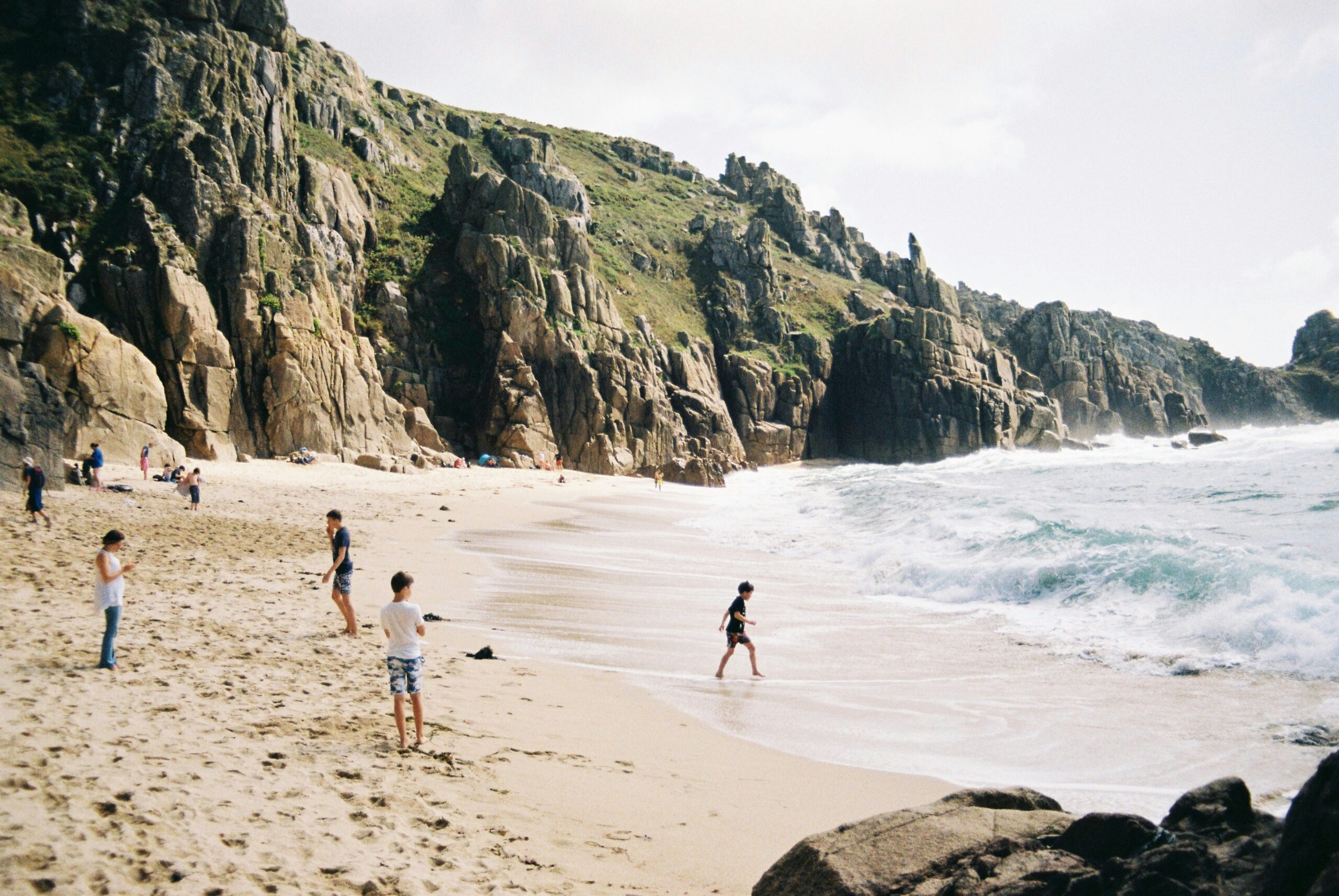Photo of a beach in Penzance by Dominik Pearce
In a sweeping snapshot of environmental change and ecological resilience, the Marine Biological Association (MBA) has published its latest South‑West Marine Ecosystems – The State of South‑West Seas in 2024 report. Drawing on a mix of scientific research and grassroots observation, the report paints a vivid picture of marine life across Devon, Cornwall, and the Isles of Scilly during a year marked by extremes.
The headline story is temperature. Sea surface temperatures across the region remained unusually high throughout 2024, continuing a worrying trend of marine heatwaves first observed in previous years. These heat spikes, driven by climate change, have had ripple effects across marine food webs—from microscopic plankton to top predators.
Among the more visible results were massive blooms of salps—gelatinous, barrel-shaped plankton—which reappeared off south Cornwall in late summer for the second year in a row. Their presence, rarely noted in such quantities, suggests that warm-water anomalies are beginning to reshape seasonal cycles. And in an even more dramatic sign of warming waters, mauve stinger jellyfish (Pelagia noctiluca) were recorded in numbers not seen since 1966. These stinging jellyfish disrupted summer swimming events, including the Scilly Swim Challenge, where competitors suffered painful encounters in unusually high concentrations.
Yet the seas were not simply shifting—they were also surprising. Naturalists and citizen scientists noticed that species once thought rare or even locally lost had made unexpected returns. In the intertidal zone, seagrass beds surged back to life. At Cawsand Bay, for instance, the area covered by seagrass expanded from just two hectares in 2006 to nearly 30 in 2024. Seagrass is crucial for carbon storage, biodiversity, and coastal protection, and its resurgence is a bright spot in an otherwise warming ocean.
Offshore, divers discovered vibrant beds of pink maerl—calcareous algae often described as underwater coral-like gardens—in St Austell Bay. Nicknamed “Barbieland” by the diving team, the site stands out as one of the most visually striking maerl habitats ever seen in the region. These habitats support a rich diversity of life, but they are highly sensitive to changes in temperature, pollution, and bottom-trawling.
Not all changes have been welcome. Long-standing observers noted declining abundance in various seabed species, though the report cautions that some of these trends may reflect natural cycles or incomplete data. Still, concerns persist—particularly for habitats already under stress from overfishing or habitat disturbance.
Some creatures, like the common octopus (Octopus vulgaris), remained in the area after their unusual reappearance in 2022, though sightings were less frequent this year. Meanwhile, some non-native species such as Pacific oysters (Magallana gigas) and the red ripple bryozoan (Watersipora subatra) continue to gain ground, potentially crowding out native competitors. Fortunately, 2024 did not see any new invasive species recorded in the region.
The South‑West Marine Ecosystems report is unusual among marine science publications. Rather than relying solely on academic surveys, it draws heavily on the observations of amateur naturalists, divers, coastal communities, and even social media users. Compiled and edited by Dr Keith Hiscock MBE and Dr Bob Earll, the 119-page document is a testament to the power of citizen science. It brings together snapshots of change that might otherwise go unnoticed, weaving them into a coherent and timely ecological narrative.
As the effects of climate change continue to reshape the UK’s coastal waters, this report reminds us that the story of the sea is not just one of loss—it’s one of resilience, adaptation, and shared stewardship.
For more information, visit the Marine Biological Association or the South‑West Marine Ecosystems website.
